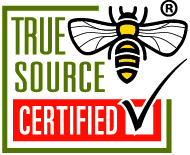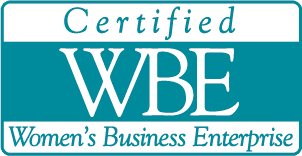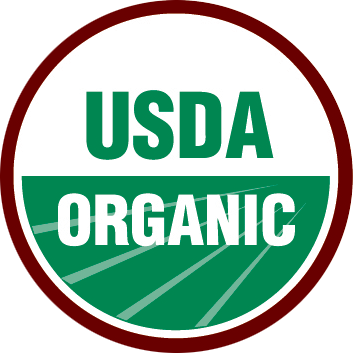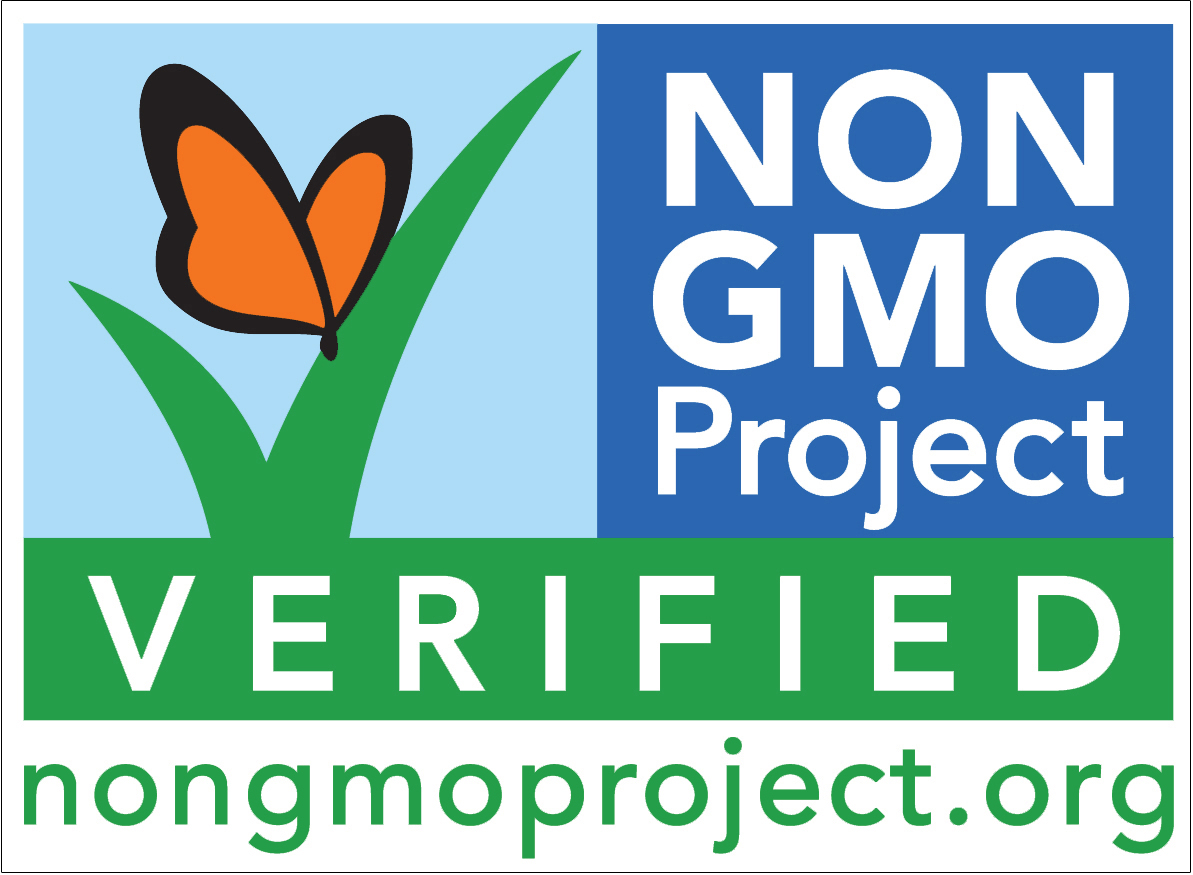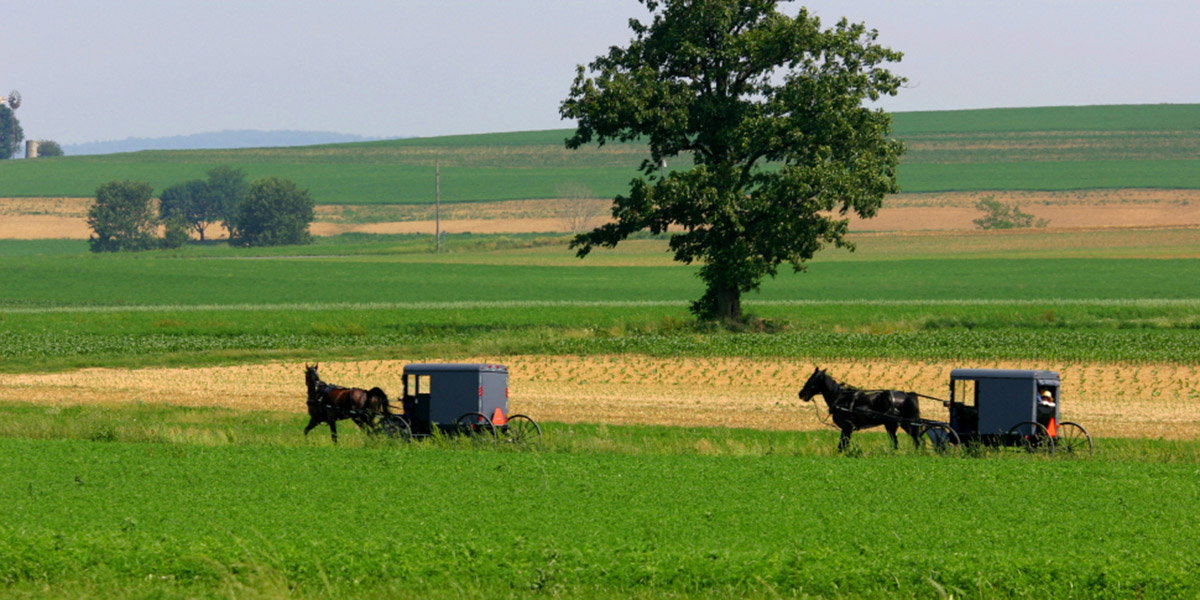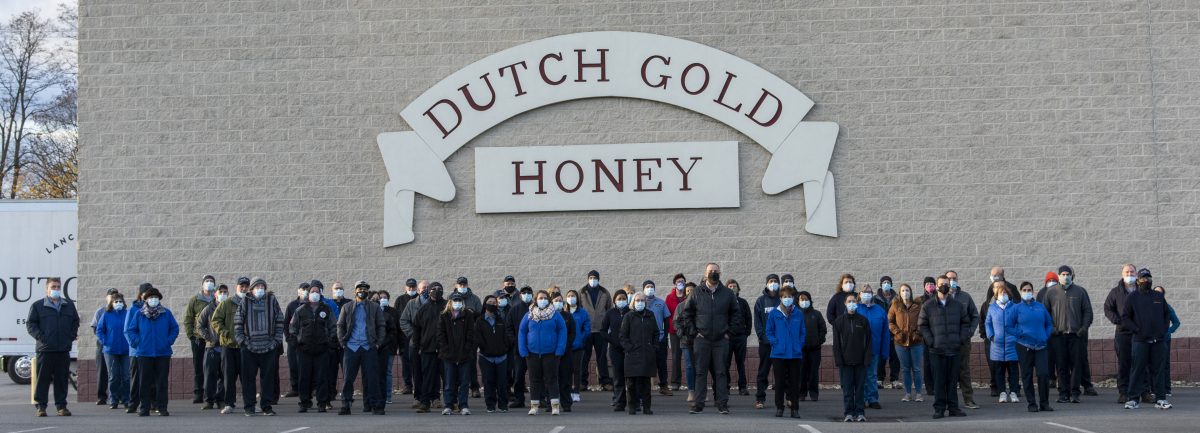
A Family Business
In 1946, when Ralph Gamber bought three beehives at a farm sale, his intention was to rekindle his childhood fascination with bees and sell honey to his neighbors in Lancaster County, Pennsylvania. He and his wife Luella were totally unaware this modest purchase would evolve into the largest independent honey packaging business in the country.
Over the years, technological advancements have certainly enhanced Dutch Gold’s growth, and more importantly, the ability to meet customers’ needs. The Gamber family has always maintained that this growth be based upon the firm foundation of quality, integrity, and trust. Quality in products and service; integrity in the way we operate; and a mutual feeling of trust.
Timeline
Certifications
Click here to learn more about our certifications and what they mean for our products.
The Original Honey Bear

Did you know the idea for the very first squeezable honey bear was “born” in 1957 at the dinner table of Ralph and Luella Gamber, founders of Dutch Gold Honey? After sharing the evening meal with Woodrow and Rita Miller, fellow beekeepers from California, the conversation turned to brainstorming ideas for novel honey packaging. In the era of teddy bears, Winnie the Pooh and Yogi Bear, the honey bear would soon become an industry icon.
Plastic molding technology was in its early stages and it was not uncommon for the original bears to leak from the seams at their ears, or out of their noses. The honey bears’ eyes and nose were hand painted on each container and sometimes red lips were applied (much to the chagrin of Ralph).
Dutch Gold celebrated the honey bear’s 50th birthday in 2007 with a party, complete with cake and ice cream. A naming contest was held simultaneously and the name chosen was Nugget!
Always grateful for their good fortune, the Gamber family established the Gamber Foundation in 1984. The foundation supports philanthropic initiatives focused on community and sustainability.
In the Lancaster, PA and Littleton, NH Communities –
- Contributions to local charities
In support of ecological research and development to protect the health and vitality of the respected honeybee and sugar maple populations –
- Endowment in Entomology at Penn State University
- Endowment at the Proctor Maple Research Center
True Source Honey
All Dutch Gold and McLure’s honey is True Source Certified to protect our customers and consumers by ensuring to our utmost ability that honey is ethically sourced in a transparent and traceable manner from known beekeepers and brokers; that honey moves through the supply chain in full accordance with U.S. law and without circumvention of trade duties; that it carries truthful labeling as to its source, has been tested to ensure quality, and has been handled in a safe and secure manner from hive to table.
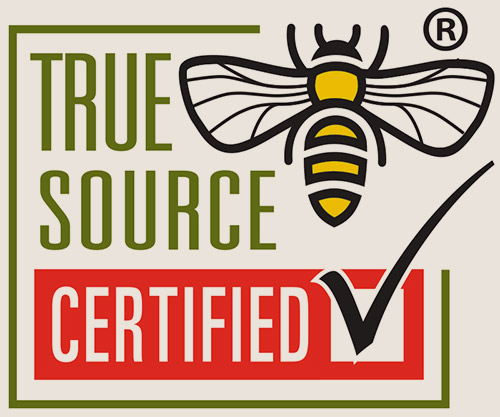
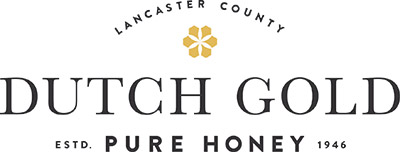

 1946- Our Story Begins
1946- Our Story Begins 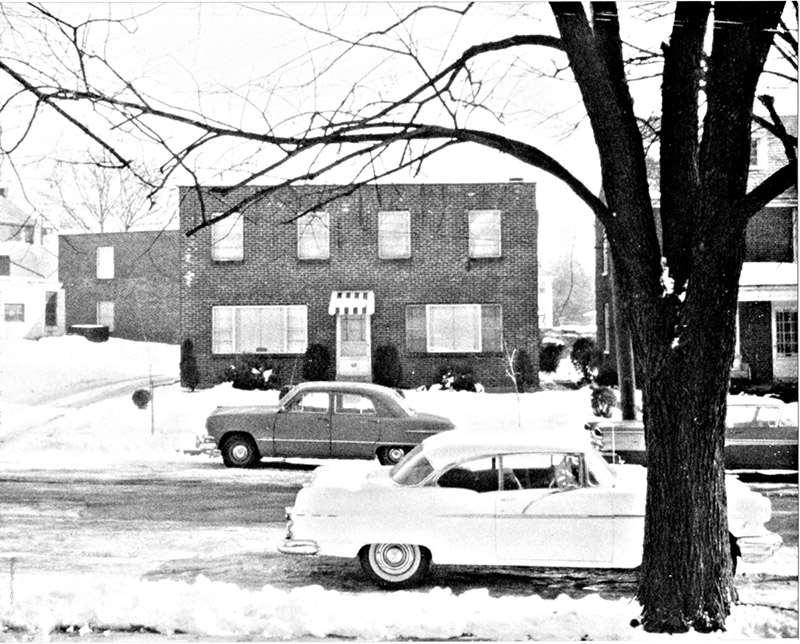 1954 – The First Honey House
1954 – The First Honey House  1957 – An American Icon is Born
1957 – An American Icon is Born 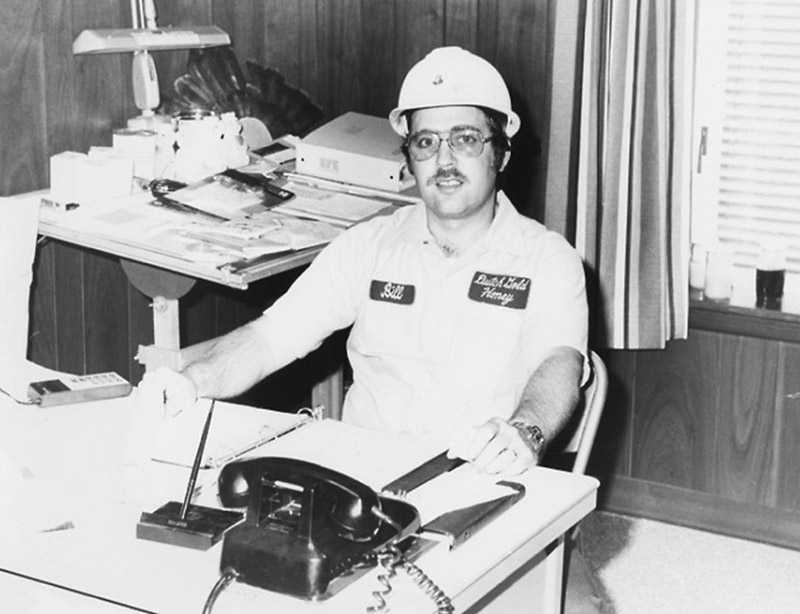 1967 – The Next Generation
1967 – The Next Generation 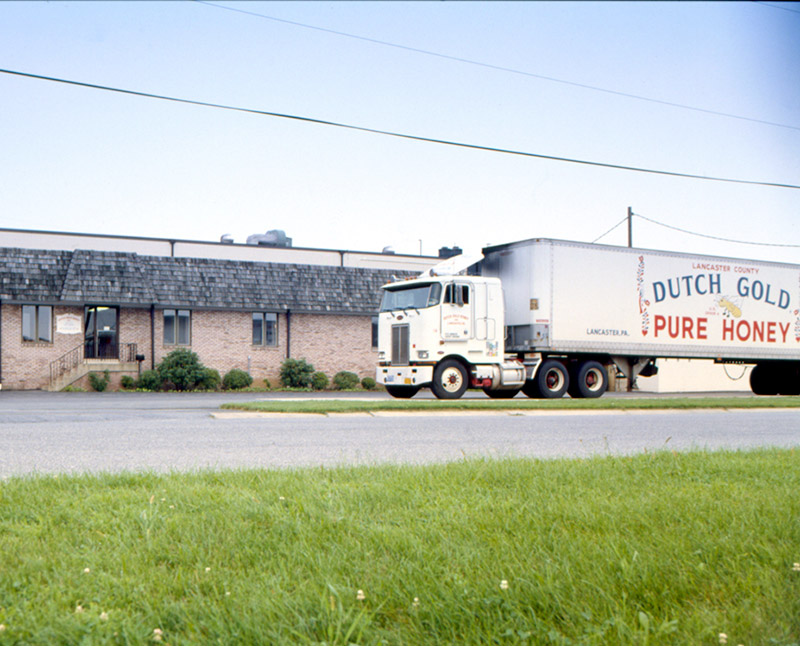 1974 – Time to Grow
1974 – Time to Grow  1997 – McLure’s Joins the Family
1997 – McLure’s Joins the Family 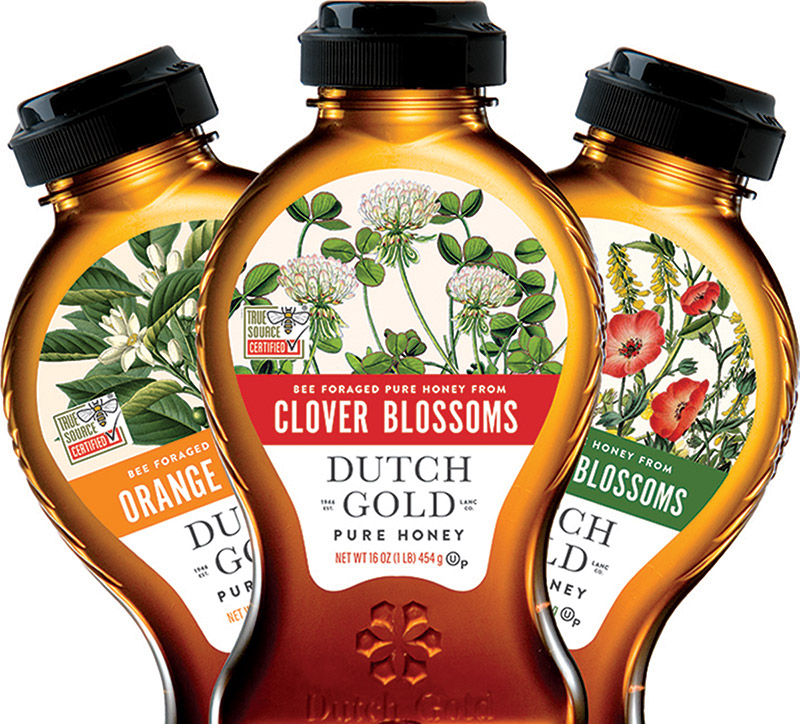 2016 – 70th Anniversary
2016 – 70th Anniversary 